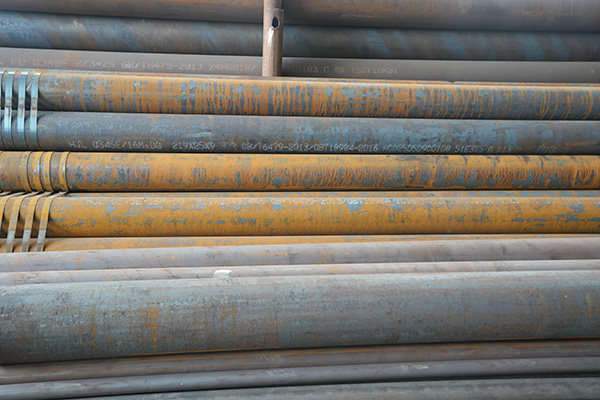

The compatibility of oil and gas line pipes with various transportation media is a critical factor influencing pipeline performance, safety, and longevity. Transportation media in oil and gas operations may include crude oil, natural gas, refined products, water, carbon dioxide, and hydrogen sulfide, each posing unique chemical and physical challenges to pipeline materials.
Material Compatibility:
Carbon steel is the most widely used material for oil and gas line pipes due to its cost-effectiveness and mechanical strength. However, carbon steel is susceptible to corrosion in environments where the transported medium contains water, CO₂, or H₂S. In such cases, corrosion-resistant alloys (CRAs) like stainless steels (e.g., 316L), duplex stainless steels, and nickel-based alloys may be preferred for enhanced resistance.
Hydrogen Sulfide (H₂S):
Pipes exposed to sour service (i.e., media containing H₂S) are at risk of sulfide stress cracking (SSC). The use of materials that comply with NACE MR0175/ISO 15156 standards is essential for such conditions. Proper material selection and heat treatment can significantly reduce the risk of hydrogen-induced failures.
Carbon Dioxide (CO₂):
In CO₂-rich environments, especially under high pressure and temperature, carbon steel can suffer from sweet corrosion due to the formation of carbonic acid. Use of corrosion inhibitors or lining/coating systems may be required, or selection of CRAs in severe cases.
Water and Chlorides:
Pipelines carrying water or brine can suffer from internal corrosion or pitting, particularly in the presence of oxygen or chlorides. Stainless steel or internally coated pipes may be required to prevent localized attack and scaling.
Temperature and Pressure Effects:
High temperature and pressure conditions can accelerate the interaction between the pipe material and the transported medium. Material selection must therefore account for the operating envelope to avoid deformation, stress corrosion cracking, or creep.
Compatibility Testing and Standards:
Material compatibility must be validated through laboratory testing, including autoclave tests, immersion testing, and electrochemical analysis. Compliance with standards such as API 5L, ASME B31.4/B31.8, and ISO 13623 ensures that the selected pipeline material meets the necessary performance criteria.
In conclusion, choosing the appropriate line pipe material for specific transportation media requires understanding the chemical composition, phase behavior, and potential corrosiveness of the media. Careful assessment of environmental conditions, material specifications, and corrosion control strategies is essential for safe and durable pipeline operation.
References:
API Specification 5L: Specification for Line Pipe
NACE MR0175/ISO 15156: Petroleum and Natural Gas Industries—Materials for Use in H₂S-Containing Environments
ASME B31.4 and B31.8: Pipeline Transportation Systems for Liquids and Gases
ISO 13623: Petroleum and Natural Gas Industries—Pipeline Transportation Systems
Revie, R. W. (2011). Uhlig's Corrosion Handbook, 3rd Edition. Wiley





